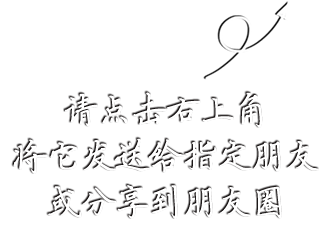视图Windows操作系统中的资源管理器是微软公司非常成功的文件管理软件。它的左边是整个文件系统的树形视图,右边是当前目录的文件(夹)列表,为文件管理提供了一个操作简单、使用方便的用户界面。但是,微软公司的IE浏览器却没有提供相类似的功能,如果能通过基于浏览器/Web服务器架构为用户提供一个与Windows 的资源管理器相类似的远程文件管理工具,将会极大地方便用户的使用。基于这种考虑,笔者用ASP技术实现了一个与 Windows 的资源管理器相类似的远程文件浏览器。本文介绍其中目录的树形视图、文件列表视图和文件搜索三个主要的部分的实现方法。
Default.asp文件
此文件是主文件,用来构造整个界面的框架。
<html>
<head><title>欢迎光临</title></head>
<frameset rows=“80,20*” framespacing=“0”>
<frame name=“pMain” scrolling=“auto”noresize
target=“contents” marginwidth=“1”marginheight=“1” src=“pMian.htm”>
<frameset cols=“230,530”>
<frame name=“pTreeView” src=“pTreeView.asp?
VFdPath=<%=Request(“VFdPath”)%>&Mflag=”scrolling=“1” marginwidth=“1” marginheight=“1” noresize auto“1”>
<frame name=“pListView” src=“pListView.asp?
VFdPath=<%=Request(“VFdPath”)%>” scrolling=“1” marginwidth=“1”marginheight=“1” noresize auto“1”>
</frameset><noframes><body>
<p>由于您的浏览器不支持此网页框架,所以您无法浏览此网页</p>
</body> </noframes></frameset></html>
pTreeView.asp文件
此文件主要负责目录树形视图的生成。其核心函数为FoldOpen(),负责响应用户对目录的操作,如打开一个文件夹等。三个参数的说明如下:
●sflups:当前的绝对虚拟路径;
●rsfd:当前物理路径;
●dep:当前路径深度(用来记载递归深度)。
在此函数中还调用了另一个函数UnMapPath(),它将返回物理路径所对应的虚拟路径(注:在本文的程序中,所有共享文件都被映射到虚拟目录gpdir下)。
<%
vfd = Request.QueryString(“VfdPath”)
Mflag = Request.QueryString(“Mflag”)
Server.ScriptTimeout = 500
On Error Resume Next
Set obfs = Server.CreateObject
(“Scripting.FileSystemObject”)
Set obfd=obfs.GetFolder(Server.MapPath(“/gpdir”) )
oblength = Len(obfd.path)
Function UnMapPath( Path )
S=Mid( Path, oblength+1)
UnMapPath = Replace( S, “\”, “/”)
End Function
Function FoldOpen(sflups,rsfd,dep)
sPic=“<img border=0 src=http://www.163design.net/a/q/““PIC/pSub.gif””
width=16 height=16>"
if dep <> 0 then
spib=“<a href=““pTreeView.asp?VFdPath=”
& “/gpdir/” & UnMapPath(rsfd.Path)
else
spib=“<a href=““pTreeView.asp?VFdPath=” & “/gpdir” & UnMapPath(rsfd.Path)
end if
spib=spib & “&Mflag=”
spib=spib & “c”” TARGET=““pTreeView””>”
Response.Write spib & sPic & “</a>”
sPic=“<img border=0 src=http://www.163design.net/a/q/““PIC/pOpen.gif”” width=16 height=16>” & rsfd.Name
spib=“<a href=““pListView.asp?VFdPath=”
if dep <> 0 then
spib=spib & “/gpdir/” & UnMapPath
(rsfd.Path) & “““ TARGET=””pListView””>”
else
spib=spib & “/gpdir” & UnMapPath(rsfd.Path) & “““ TARGET=””pListView””>”
end if
Response.Write spib & sPic & “</a></TD></TR>”
for each sfd in rsfd.SubFolders
Response.Write “<TR><TD class=p9 height=16 width=““100%””>”
for cn=0 to dep
Response.Write “<img border=0 src=http://www.163design.net/a/q/““PIC/pline.gif”” width=16 height=16>”
Next
if sfd.SubFolders.count>0 then
if InStr(1, sflups,“/gpdir/” & UnMapPath(sfd.Path), vbTextCompare) <> 1 then
sPic=“<img border=0 src=““PIC/
pAdd.gif”” width=16 height=16>”
spib=“<a href=““pTreeView.asp?VFdPath=” & “/gpdir/” & UnMapPath(sfd.Path)
spib=spib & “&Mflag=”
spib=spib & “o”””
spib=spib & “TARGET=““pTreeView””>”
Response.Write spib & sPic & “</a>”
sPic=“<img border=0 src=http://www.163design.net/a/q/““PIC/pClose.gif”” width=16 height=16>” & sfd.Name
Response.Write “<a href=““pListView
.asp?VFdPath=” & “/gpdir/” & UnMapPath(sfd.Path) & “““ TARGET=””pListView” ”>” & sPic & “</a></TD></TR>”
else
scdep=dep+1
FoldOpen sflups, sfd, scdep
end if
else
Response.Write “<img border=0 src=http://www.163design.net/a/q/““PIC/pmline.gif” ” width=16 height=16>”
sPic=“<img border=0 src=http://www.163design.net/a/q/““PIC/pClose.gif”
”width=16 height=16>” & sfd.Name
Response.Write “<a href=““pListView.asp?
VFdPath=” & “/gpdir/” & UnMapPath(sfd.Path) & “““TARGET=””pListView””>” & sPic & “</a></TD></TR>”
end if
next
End Function
%>
<html>
<head><title>文件夹</title>
<base target=“main”></head>
<body bgcolor=“#008080” text=“#FFFFFF”>
<TABLE align=left border=0 cellPadding=0 cellSpacing=0 width=“100%”>
<TR> <TD width=“100%”>
<img border=“0” src=http://www.163design.net/a/q/“PIC/pFolder.gif”>
</TD></TR><TR>
<TD height=16 width=“100%”>
用ASP实现树形目录视图
80酷酷网 80kuku.com





